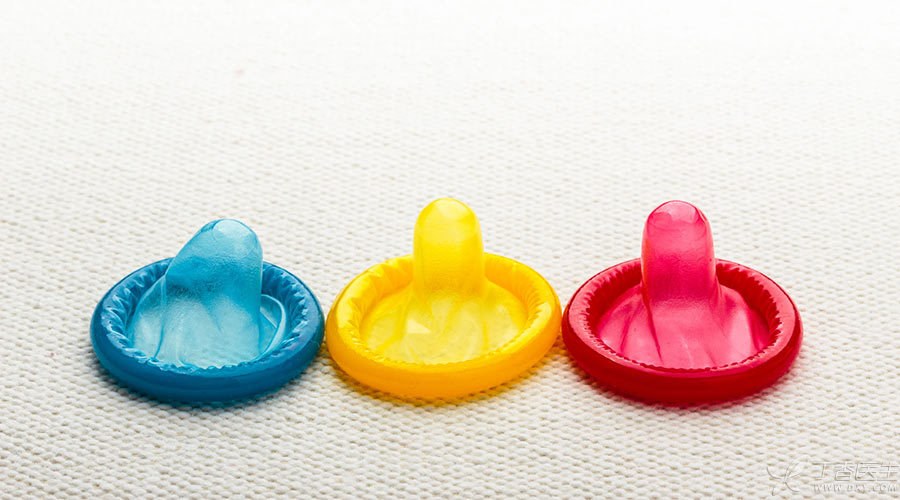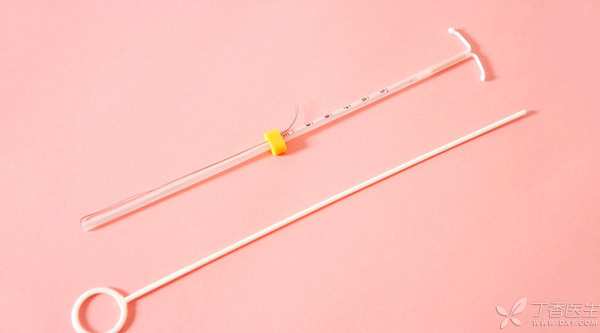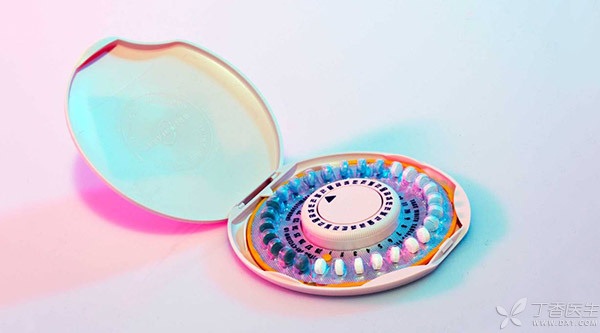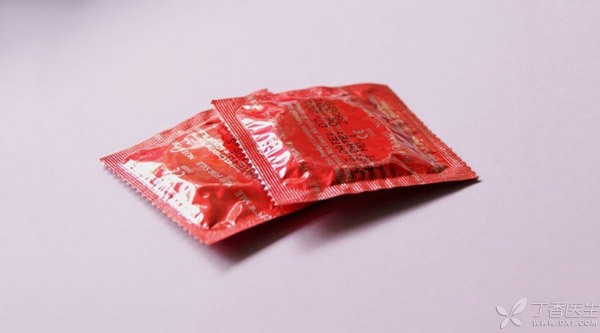
If you are in your 20s
Draw your life on a piece of A4 paper
This is probably the case
▼

If according to menarche average 13 years old, menstrual cycle about 28 days to calculate, it means that a sister meets menstruation about 13 times a year. In the period of 13 to 40 years old, about 360 times menstruation (28 years * 13 times = 364 times). Apart from the minor period, from the age of 18 to 40 years old, there are about 300 times menstruation during this period.
A woman usually ovulates only once per menstrual cycle, which means-
You have at least 300 pregnancies!
If you are a 25-year-old sister
The white grid represents the chance that you may like to be a mother.
▼

Then the question arises… … …
How do you avoid the nearly 300 pregnancies when you are not ready to be a mother?
Here are 5 common methods. The higher the ranking, the higher the effectiveness.
I. Subcutaneous Implantation Contraception

Effectiveness: 99.95%
Subcutaneous implantation contraception is to implant a small hose that can release progesterone under the skin surface of your upper arm. Progesterone is slowly released in a small dose over a period of 3-5 years and needs to be replaced later.
Advantages
- Suitable for women who need long-term contraception; Suitable for breast-feeding women (estrogen may inhibit milk secretion) and women who cannot tolerate estrogen contraception; May reduce menstrual bleeding and dysmenorrhea; You can get pregnant immediately after taking it out.
Disadvantages
- Can’t prevent sexually transmitted diseases, suitable for women with fixed partners; Irregular bleeding may occur in the first few months after implantation; Headache and breast pain may occur, and mood and sexual desire may also be affected. Some discomfort may be caused during removal.
II. Intrauterine birth control system

Effectiveness: 99.8%
There are many styles, commonly known as [Sheung Wan], which need to be put into the uterus by medical staff. It can slowly release progesterone, and the contraceptive effect can last for 3-5 years. It should be taken out in time.
Advantages
- May improve dysmenorrhea and regulate menstrual cycle; You can get pregnant immediately after taking it out.
Disadvantages
- Can’t prevent sexually transmitted diseases; At the beginning, irregular menstruation, intravenous drip hemorrhage or intermenstrual hemorrhage may occur. Headache, breast pain or nausea may occur. The implantation process may be somewhat uncomfortable.
Three, short-acting oral contraceptives

Effectiveness: When used correctly, the effectiveness is 99.7%
Most short-acting oral contraceptives contain estrogen and progesterone at the same time, one tablet a day and need to be taken continuously for 28 days.
Advantages
- Convenient and efficient, pregnancy can be carried out immediately after drug withdrawal; It can regulate menstrual cycle, relieve discomfort symptoms in premenstrual period and reduce dysmenorrhea. Some short-acting oral contraceptives can also treat acne. Long-term use can reduce the risk of ovarian cancer and endometrial cancer.
Disadvantages
- Can’t prevent sexually transmitted diseases; At the beginning of taking it, there may be slight adverse reactions, such as intravenous drip hemorrhage, headache and breast pain, but they usually subside within a few months.
Four, long-acting contraceptive needle

Effectiveness: The effective rate of one-month compound contraceptive injection was 99.95%. The effective rate of three-month compound contraceptive injection was 99.7%
Contraception is performed by injecting drugs once a month or every three months.
Advantages
- Convenient, do not need to take medicine every day; Progesterone-only three-month contraceptive injections are suitable for breast-feeding women and women who cannot tolerate estrogen.
Disadvantages
- Can’t prevent sexually transmitted diseases; Headache, dizziness and other symptoms may occur; It is possible that fertility will not be restored until one year after the injection is stopped.
The above four contraceptive methods are hormone contraceptive methods. Although the specific estrogen and progesterone components, doses and dosage forms are different, the contraceptive principles are the same in general, that is, to create a false pregnancy state, inhibit ovulation, inhibit fertilization (even if unfortunate ovulation), and inhibit implantation of fertilized eggs (even if unfortunate fertilization).
5. Condoms

Effectiveness: On the premise of completely correct use, the effective rate of male condom is 98%, and that of female condom is 95%.
Well, don’t use women’s condoms and men’s condoms at the same time in a whimsical way. Friction and friction are easier to break.
Advantages
Convenience is the only contraceptive method that can reduce the risk of sexually transmitted diseases.
Disadvantages
Although I also very much hope that you are using it correctly, if it is broken, slipped, expired, bought fake goods… the contraceptive failure rate will be as high as 15%!
After the introduction of 5 contraceptive methods, are you still thinking about [safe period] and [coitus interruptus]?
Don’t even think about it, these two methods are quite unreliable!
If you must adopt these two methods, think about the 300 pregnancies!
What about emergency birth control pills?
Ah! How many times do we have to say that emergency contraception is not a conventional contraceptive method! It is a remedy after the failure of conventional contraception. The failure rate is very high! Ah!
